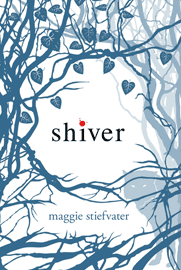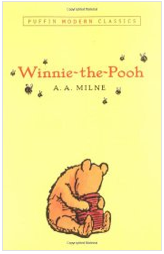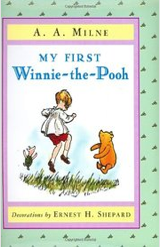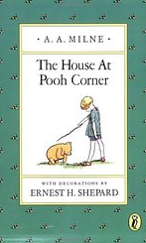
Starting a writing project is a little like starting a craft project. First you assemble your materials and review the instructions. You have an end result in mind.
***
(Read on for instructions for this colorful craft project.)
***
Don’t let yourself be overwhelmed with your writing project before you even begin.
Some writers claim that writing an outline before beginning a longer work is just the ticket.
But what if the idea of an outline seems daunting to you as well?
***
Edgar Allen Poe, author of the famous poem, “The Raven,” gives us SEVEN writing tips.
***
1. Know the ending in advance before you begin writing.
2. Keep it short—the “single sitting” rule.
3. Decide on the desired effect.
4. Choose the tone of the work.
5. Determine the theme and characterization of the work.
6. Establish the climax.
7. Determine the setting.
***
Read the whole article here:
http://www.openculture.com/2015/01/seven-tips-from-edgar-allan-poe-on-how-to-write-vivid-stories-and-poems.html
***
Today is the anniversary of writer Jack London’s birthday in 1876.

His famous work
THE CALL OF THE WILD was serialized in The Saturday Evening Post,
June 20-July 18, 1903
http://london.sonoma.edu/Writings/CallOfTheWild/
***
A contemporary story about wolves is Maggie Stiefvater’s Shiver series. Find it here:
http://maggiestiefvater.com/the-shiver-trilogy/

***
Consider serializing your writing. Set a specified amount of time to write each day. End at a natural stopping point, such as the end of a chapter.
Don’t forget that putting a hook at the end of each chapter is a great way to keep your readers interested.
***
Your grammar review for today:
The Oxford comma: http://ed.ted.com/lessons/grammar-s-great-divide-the-oxford-comma-ted-ed
Example: I love song lyrics, short stories, and novels.
***
More about this quick heart art project can be found here:
http://www.michaels.com/string-art-heart/B_62741.html#start=7
***
Now, enough distractions!
Go write!



































You must be logged in to post a comment.